The Supreme Court of India has directed the Central Bureau of Investigation (CBI) to conduct a comprehensive probe into the ₹9,000 crore chit fund scam, which allegedly defrauded over 1.8 lakh investors across multiple states. The apex court’s bench, led by Chief Justice D.Y. Chandrachud, slammed the “systemic collapse of regulatory vigilance” and emphasised that financial frauds “destroy faith in institutions.” The CBI has been given eight weeks to file its preliminary report.
New Delhi, October 23 —
In a landmark order reinforcing India’s fight against white-collar crime, the Supreme Court on Tuesday directed the Central Bureau of Investigation (CBI) to investigate the sprawling ₹9,000 crore chit fund scandal that has left thousands of small investors financially devastated.
The directive came after months of stalled state-level inquiries and mounting investor petitions, urging the apex court to intervene and ensure a central probe.
Delivering the verdict, Chief Justice D.Y. Chandrachud, flanked by Justices J.B. Pardiwala and Manoj Misra, observed:
“The scale of deceit, the vulnerability of victims, and the cross-border financial channels involved necessitate a national-level investigation. No one, however powerful, shall escape accountability.”
1. The Case that Shook Eastern India
The scam first came to light in Odisha and West Bengal, where thousands of low-income investors were lured with promises of 30–40% annual returns through “chit fund” schemes operated under fake cooperative societies.
What began as a local savings network quickly morphed into a multi-state Ponzi scheme spanning Jharkhand, Assam, and Bihar.
Investigators estimate that over ₹9,000 crore was collected through hundreds of shell companies, many of which vanished overnight.
“People sold land and jewellery believing their savings were safe,” said Sanjukta Das, a social activist in Cuttack.
“Entire villages have been wiped of savings.”
The companies under scrutiny include Rose Valley Group, Icore, and Sharda Realty Network, among dozens of smaller entities now defunct or under liquidation.
2. How the Fraud Worked
The scam followed a classic Ponzi structure:
- Early investors were paid high returns using money collected from later investors.
- Funds were diverted to real estate, luxury cars, film production, and political donations.
- Key promoters created dummy directors and offshore accounts to layer transactions.
According to SEBI’s preliminary report, the funds were moved through a web of 321 shell companies, many registered in Singapore, Mauritius, and the UAE.
“It was a financial illusion factory,” said a retired SEBI official.
“They sold dreams in the language of dividends.”
3. Supreme Court’s Stinging Observations
Reading out portions of the 62-page judgment, the CJI noted:
“Economic offences erode public confidence in governance. The failure of regulatory oversight, compounded by administrative apathy, created fertile ground for exploitation.”
The Court criticised both state police and SEBI for “fragmented, inconsistent” investigations that allowed key accused to flee abroad.
“Where enforcement falters, fraud flourishes,” Justice Pardiwala remarked during the hearing.
4. Directions to CBI
The apex court ordered that:
- The CBI shall register a composite FIR covering all states where related cases are pending.
- The agency will trace and freeze bank accounts, both domestic and foreign.
- ED (Enforcement Directorate) will coordinate to investigate money laundering angles.
- A special bench will monitor progress every eight weeks.
The court also directed state governments to hand over all case files, digital evidence, and charge sheets to the CBI within 15 days.
5. CBI’s Initial Response
Within hours of the verdict, the CBI headquarters in Delhi convened a meeting of its Economic Offences Wing (EOW).
A 40-member special task force is being constituted, led by Joint Director Manoj Sinha, known for his work in the Nirav Modi fraud investigation.
“We’ll follow the money trail, not the politics,” a CBI officer told Sarhind Times.
“The victims deserve truth, not tokenism.”
Sources confirm that the agency will begin by mapping cross-company directors, dummy shareholders, and foreign remittance chains under the FEMA and PMLA Acts.
6. Political Ripples
The investigation is expected to send shockwaves across political circles, as several ruling and opposition leaders allegedly received donations or commissions from the chit fund entities.
Parties in West Bengal and Odisha have traded accusations, each alleging the other’s involvement.
The Supreme Court’s move, analysts say, could reshape regional political equations ahead of elections.
“This probe will test both integrity and political courage,” said Prof. Sanjay Hegde, constitutional expert.
“Financial scandals are bipartisan in guilt and nonpartisan in consequences.”
7. The Victims’ Voices
For ordinary investors, the verdict is a ray of hope.
Outside the Cuttack District Court, widows, retired schoolteachers, and farmers gathered holding faded deposit receipts.
“We don’t care who goes to jail,” said Basanti Mohanty, 62.
“We just want our money back — or at least justice before we die.”
Many investors had mortgaged homes to invest as little as ₹10,000 to ₹50,000 — sums that represented years of savings.
8. Role of SEBI and RBI
Both regulators have come under scrutiny.
While SEBI banned several chit fund operators as early as 2013, enforcement was patchy.
RBI maintained that “unregistered deposit-taking is outside its direct jurisdiction,” creating a regulatory vacuum.
“The financial architecture failed at every level,” said Jayati Ghosh, economist at Jawaharlal Nehru University.
“We regulate credit cards better than cooperative finance — that’s the irony.”
The Supreme Court’s order is expected to trigger a fresh policy review of India’s Non-Banking Finance (NBFC) and Cooperative Society laws.
9. Past Parallels: Saradha and Rose Valley
The scale of the current case recalls the Saradha scam (₹2,500 crore) and the Rose Valley fraud (₹17,000 crore) of the previous decade.
Both were probed by the CBI after state police investigations faltered.
“History repeats itself when lessons aren’t learned,” said Advocate Abhishek Manu Singhvi, representing investors.
“The only difference is the number of zeros keeps rising.”
10. Money Trail and Modus Operandi
Early evidence suggests funds were layered through real estate projects in Kolkata, Guwahati, and Bhubaneswar, then moved offshore through hawala and shell firms.
The CBI is also probing film investments and celebrity endorsements, where chit fund money allegedly financed regional movies and events to project legitimacy.
“They bought glamour to hide guilt,” said an ED official.
“It was laundering through lights and cameras.”
11. Technology and Digital Forensics
The Supreme Court has permitted the CBI to employ AI-based financial forensics tools to identify fraudulent transaction clusters.
This marks the first time India’s top court has explicitly recognised AI-assisted investigation in a financial case.
The CBI’s cyber lab in Ghaziabad will analyse:
- Encrypted WhatsApp communications,
- Metadata from seized hard drives,
- Cloud-based accounting ledgers, and
- Blockchain transaction logs.
“Fraudsters evolve with technology — so must investigators,” noted Justice Misra.
12. Investor Protection Mechanisms
The Court directed the Ministry of Finance and SEBI to propose a Chit Fund Investor Redressal Portal within 90 days.
The portal will enable victims to register claims digitally, track case progress, and receive verified updates.
Additionally, a centralized compensation fund will be created by auctioning attached assets.
According to early estimates, over ₹1,200 crore worth of property has already been frozen under provisional attachment orders.
13. Voices from the Bench
Chief Justice Chandrachud’s remarks drew widespread attention:
“Injustice delayed is not merely denied — it is compounded.
The poor cannot hire accountants; they trust promises. That trust has been betrayed, and the State cannot be a silent spectator.”
The Bench further warned that regulators cannot “delegate vigilance” and must adopt proactive financial intelligence systems to pre-empt fraud.
14. Political and Economic Reactions
Across party lines, leaders cautiously welcomed the probe.
Union Home Minister Amit Shah said the verdict “reaffirms India’s zero tolerance for corruption,” while opposition leaders urged that “CBI must act without bias.”
Stock market analysts, however, warn of temporary volatility in NBFC and microfinance stocks linked to cooperative funding channels.
“When big scams surface, investors retreat to safety,” said Ajay Bagga, financial commentator.
“But transparency ultimately strengthens markets.”
15. Human Toll of Financial Crimes
Beyond numbers, the tragedy is human.
In West Bengal’s Birbhum district, a retired railway clerk took his own life after losing ₹5 lakh in the scheme.
His suicide note read simply: “The company promised happiness. I believed them.”
“These are silent disasters,” said Dr. Aruna Roy, social reformer.
“Economic fraud is not a victimless crime — it robs people of dignity.”
16. The Road Ahead
The CBI has been directed to file its preliminary report within eight weeks, detailing:
- List of accused,
- Volume of assets traced,
- Offshore linkages, and
- Progress on restitution mechanisms.
The next hearing has been scheduled for January 2026, with the Supreme Court retaining monitoring jurisdiction.
Legal experts believe this ruling could serve as a template for handling future financial scams with multi-state dimensions.
“We’re seeing the birth of financial federalism in justice,” said Senior Advocate Harish Salve.
“When scams go national, so must accountability.”
17. Systemic Lessons
The Court’s order concludes with a call for comprehensive reform:
- Unified deposit registry for all non-banking entities.
- Real-time fraud detection using AI and inter-agency data sharing.
- Public financial literacy campaigns to prevent future exploitation.
The message is unmistakable: India’s economic governance must evolve as fast as its fraudsters do.
18. The Larger Message
The ruling reaffirms that the rule of law — not privilege or power — governs India’s democracy.
In a world increasingly vulnerable to financial deceit, the Supreme Court has drawn a constitutional line in sand:
Fraud has no jurisdictional refuge.
“This verdict is a moral reset,” said Justice (Retd.) Kurian Joseph.
“It restores faith that institutions still listen to the voiceless.”
Conclusion: The Return of Accountability
For decades, chit fund scams have recycled misery.
But today’s verdict may signal a turning point — where investors, once abandoned, finally see justice take shape.
In the words of Chief Justice Chandrachud:
“The integrity of markets is not measured by profits, but by trust.”
And trust, once broken, can only be rebuilt by truth — and time.
#SupremeCourt #CBI #ChitFundScam #LawAndJustice #EconomicOffences #FinancialFraud #Accountability #SarhindTimes






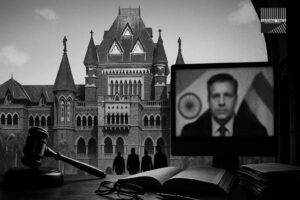





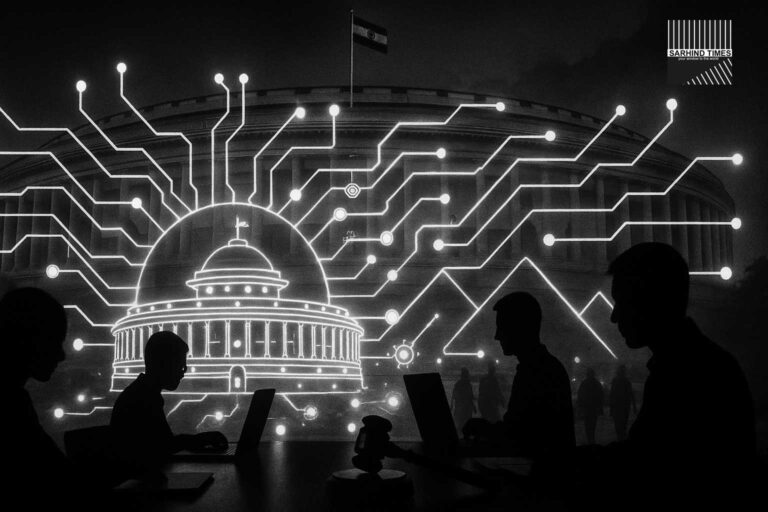
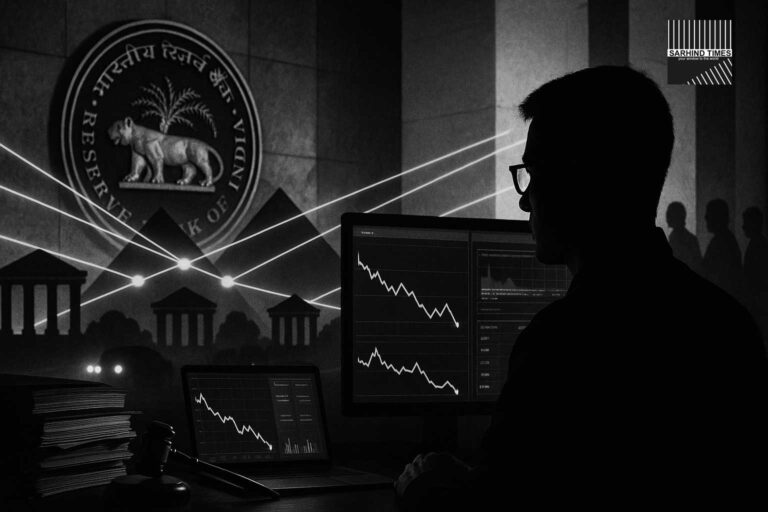
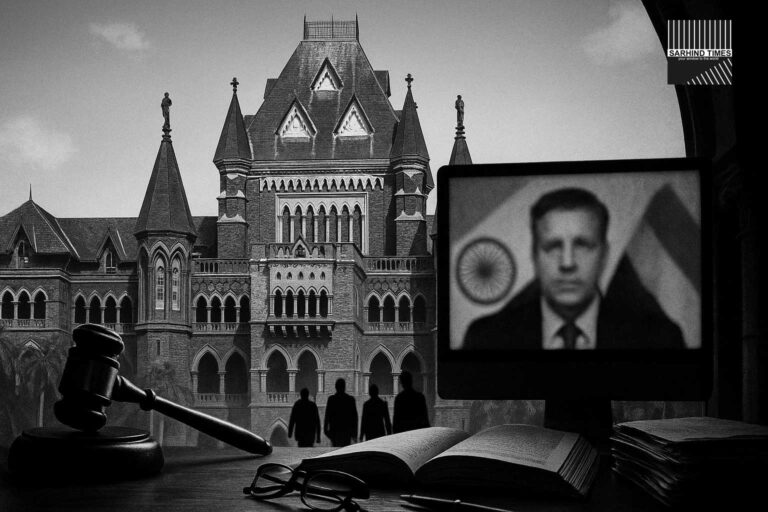
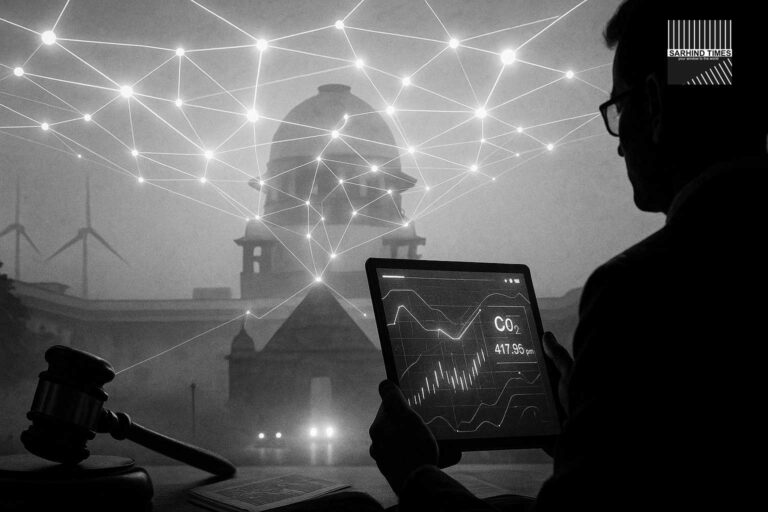

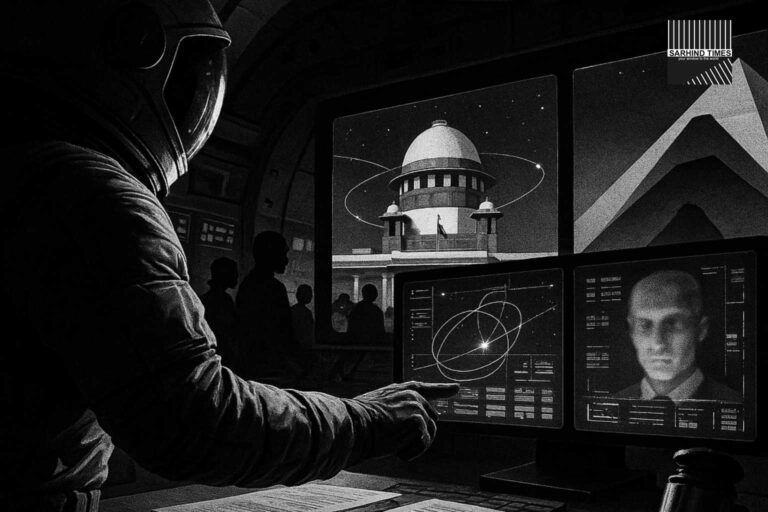



+ There are no comments
Add yours